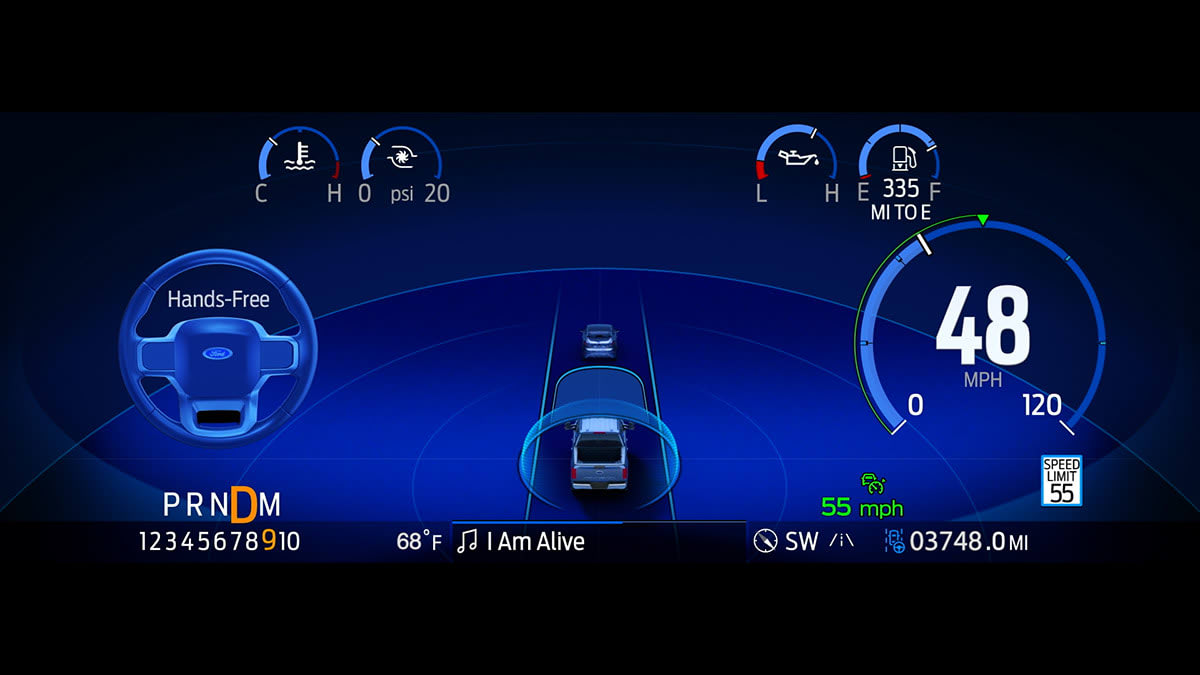There's a pretty subtle distinction here in where a system can be used, this is out of the current Model Y owner's manual:
Learn about Autosteer and its specifications.
www.tesla.com
View attachment 901013
View attachment 901008
Particularly amusing with Autosteer, go to the Navigate on Autopilot page and you see this
View attachment 901016
So you leave a controlled-access highway on NOA, and the system reverts back to Autosteer that is intended for use on the type of highway you just left?
But the distinction here is mostly that Tesla doesn't disallow use of the system anywhere, the default is to allow use and then disclaimers are buried in the owner's manual that actually say it's not really intended for use in these spots or just straight up shouldn't be used. If it's not intended or shouldn't be used on these roads, why is it allowed? Much higher risk tolerance on Tesla's end I think, the other car companies could allow this but they are more conservative in their implementation.
This was a big criticism that was levied at Ford's BlueCruise when Sandy Munro put it on their YouTube channel. Oh no it doesn't handle sharp curves, that's terrible! And then you dig into Tesla's Autopilot manual and it clearly says do not use on winding roads with sharp curves, it's just that Autopilot doesn't lock it out and allows you to take the risk while covering their butts in the manual. Whether or not that's a sound approach, I think you'd get arguments for and against it.
And I'd argue that if you're willing to take on more risk by not locking this stuff out for consumers, driver engagement monitoring and the human-machine interface is all the more important.




